|
It is hard to believe that one year has passed since I visited Germany. It was a magical trip immersed in breathtaking sights, memorable food and wine and the charming culture of the Franken wine region. I have longed to return and explore Germany’s other wine regions, but thanks to COVID-19, travel will have to wait. The timing couldn’t have been more perfect for a recent delivery this past week of a few Rieslings from Weingut Nik Weis St. Urbans-Hof located in the Mosel wine region of Germany. Sipping these expressive wines was a treat and made me nostalgic for the friends I made and the fabulous wines that I tasted while in Germany. Weingut Nik Weis St. Urbans-Hof is located in the village of Leiwen in the Mosel Valley. It is considered one of Germany’s premier estates with about 45 hectares of vineyards that stretch along the Mosel and Saar rivers making it the second-largest family-owned and operated winery in the Mosel. Nicolaus Weis founded the winery in 1947 and his grandson Nik Weis has been owner and winemaker since 1997. Nik changed the name of the winery from St. Urbans-Hof to Nik Weis - St. Urbans-Hof since family work and tradition are of such importance. Nik said, “For our family, wine has been at the heart of life for generations. Our deep respect for the traditions of our region remains, as ever, the guarantee for the quality of our wines. In our endeavors, we give the highest priority to maintaining the ecological balance of our vineyards, in the belief that as winemakers we must recognize and respect the fragile unity of viticulture and nature.“ This is not my first story or review of wines from Nik Weis - St. Urbans-Hof. To read more about this winery and other wines that they produce, please click “Nik Weis” on the menu at right. Mosel wine region is approximately 139 miles west of Franken. The vineyards here enjoy a continental climate with warm summers and long growing seasons, which contribute to the ripening of the grapes and help to create heightened flavors and low alcohol levels. All grapes are hand-harvested and carried from the vineyards in traditional shoulder-mounted “hottens” (containers) to guarantee optimal fruit quality. Nik stated, “Just as important as the great length taken to deliver the best possible fruit from the vineyard is the careful attention given to the proper treatment of the grapes by cellar master Rudolf Hoffmann. The grapes are lightly crushed, after which they remain on the skins for a short period to ensure the complete release of aromas into the juice. After this, the pulp of skins and juice is gently pressed and fermented in stainless steel tanks at cool cellar temperatures to fully capture the aromas, flavors and delicate natural spritz of the Riesling grape. The wines are then transferred into traditional 1000 litre 'Fuder' barrels for several months to harmonize, after which they are lightly filtered and bottled.” Urban Riesling 2019 Grapes for this wine are sourced from blue-slate vineyards located in the neighboring town of Mehring. I have tasted and reviewed the 2016 and 2017 vintages. The 2019 vintage does not disappoint! As with the past vintages, this wine is quite aromatic. Lovely notes of apple, white flowers, pear and hints of apricot and honey are mouth-watering. The palate offers lush peach, green apple, pear, and a touch of honeydew melon. Lively acidity and minerality add to this refreshing off-dry wine. Serve as an aperitif or with light fare and spicy cuisine. Alcohol: 10% SRP: $13.99 Wiltinger Kabinett 2018 Wiltinger is a village located in the Saar valley. The vineyard is on a site called Schlangengraben. It is noted for its reddish slate soil, a color that is derived from the iron content that adds minerality and spice to the wines. The vineyard was planted in 1905 and is one of the oldest in the entire Mosel region. These old vines have deep roots and produce small berries that create intense, lively, aromatic and complex wines. This wine has a VDP.Ortswein classification, meaning that it comes from a village’s best vineyards. Intoxicating aromas of floral, stone fruit, spice and a touch of smokiness set the stage for this succulent wine. The palate offers peach, apricot, pear, spice and slate minerality blended with crisp acidity. It has depth and structure with a restrained residual sweetness. Serve as an aperitif or with fish, Asian cuisine and white meat.
Alcohol: 9% SRP: $19.99 These wines are beautifully priced and I could drink them all winter long! Hopefully, one day I will be sipping these Rieslings while enjoying the scenery in the Mosel Valley! Until next time… Cheers! Penina To leave a comment or if you have an inquiry, please contact me at [email protected] Over the last few years I have had the pleasure of meeting many dynamic women in the wine industry from around the world. These women hold positions that range from winemakers and winery owners to operations management, business development, marketing and financial planning. They are a rarity in an industry that has been notoriously dominated by men. Happily, the landscape is changing and more women globally are rising to the occasion and making their presence known in the wine world. I was recently invited by Bethany Burke of Taub Family Selections to join a panel discussion and virtual tasting on Zoom, focusing on “The Next Generation of Women In Wine”. Dr. Laura Catena of Bodegas Catena Zapata & Bodegas CARO in Mendoza, Argentina moderated this lively discussion. She was joined by panelists Anne Trimbach, of Trimbach in Alsace, France, Laure Colombo, of Vins Jean-Luc Colombo in Cornas, Rhone Valley, France and Alessia Collauto Travaglini of Travaglini in Gattinara, Piemonte, Italy. These accomplished and talented women were all born into multi-generation family-owned wineries, but their backgrounds and the paths they took before joining the family business are diverse. However, they all share the experience “as women” of assuming an important position and role in their family wineries. Here is an introduction to these amazing women. Also, each panelist selected a wine representative of her family’s estate for us to taste. Dr. Laura Catena Proprietor, Bodegas CARO Mendoza, Argentina Laura is a fourth-generation Argentine vintner, born in Mendoza, Argentina. Her great-grandfather founded the Catena Winery in 1902 after emigrating from Italy. In addition to being the proprietor of Bodegas CARO, Laura is currently managing director of Bodega Catena Zapata. Her path to becoming a vintner in her family’s winery was quite circuitous. Laura graduated magna cum laude from Harvard in 1988 and then earned a medical degree from Stanford University. It wasn’t until 1995 that she joined her father, Nicolas Catena Zapata, in the winery as a winemaker. In addition to authoring two books, Laura splits her time between Mendoza and San Francisco where she practices Emergency Medicine. One of Laura’s many passions is to learn more about high altitude viticulture, the vineyard soil microbiome and wine ageability. In the struggle for female equality in the wine business, Laura said, “There is no male equality either.” As she has witnessed in her winery, “If a man says he needs to go home because his child is ill or he has to make dinner, the boss will respond with ‘Where’s your wife?’ If a woman asks the same thing, it is accepted. There is such a long road still ahead for both women and men. But we are coming from a place of progress and I’m very excited about the future.” Bodegas CARO, CARO 2017 To learn about the collaboration between the Catena family and Domaines Barons de Rothschild that birthed CARO, please read my previous story. Two Cultures + Two Estates = Elegant Wines http://thewineknitter.com/1/post/2020/01/two-cultures-two-estates-elegant-wines.html This wine is a blend of 74% Malbec and 26% Cabernet Sauvignon. The Malbec softens the Cabernet Sauvignon, which is a little bitter. Grapes are selected and hand-harvested from the best blocks of the high altitude vineyards of Mendoza. The wine is aged for 18 months in French oak barrels from Lafite’s cooperage. Aromas of rich red fruit, berries, baking spice and violet segue onto the palate with dark cherry, black raspberry and a hint of dark chocolate on a long finish. Smooth tannins and refreshing acidity are beautifully balanced. Alcohol: 14% SRP: $70.99 Anne Trimbach, Export Manager for Trimbach Alsace, France Anne is the 13th generation and the first woman to “be on the scene” in her family’s winery situated in Alsace, France. Anne grew up in the winery and knew from an early age that she would work there. Her great uncle expressed doubts about her getting into the business. He said, “Oh really, you want to work with us? But you are a woman and how will you manage this? One day you’ll want to have babies.” Anne expressed in relating this story, “I had to prove I was able to.” Her journey involved studying economics in Strasbourg, then spending three years in Dijon. She completed her master’s degree in Burgundy and then interned with a beverage distributor. Anne moved back to Alsace in 2008 and began to formally work as a export manager and Trimbach ambassador. Anne also introduced and developed a presence on social media for the winery. She said, “ The world of wine is about sharing and catching the eye of people. We share our passion for wine and people through videos.” Trimbach “Réserve” Riesling 2017 This is 100% Riesling. Grapes for the Réserve are sourced from old vineyards in Ribeauvillé and surrounding villages with vines 45 to 50 years old. Due to the complexity of the terroir here, some of the finest wines are produced. Anne noted that because of climate change “we are seeing early harvests due to temperatures rising.” Beautiful aromas of floral, peach, grapefruit and a hint of diesel set the stage for this classic. dry Riesling. The palate offers nectarine, green apple, lemon and minerality. This is a vibrant and fresh wine with good aging potential. Alcohol: 13% SRP: 34.99 Laure Colombo, Winemaker at Jean-Luc Colombo Rhône Valley, France Laure is second-generation and grew up in the small village of Cornas where the vineyards were her playground. Laure said, “I escaped the village and didn’t plan to work in wine, I just wanted to live in big cities. I was anxious to leave and travel.” And so she did. After studying commerce at the University of Lille, she traveled to Florida and worked at Disney World Epcot Food & Wine Festival. Laure also worked as a sommeliers assistant at Alain Ducasse’s restaurant in NYC and traveled to New Delhi, India to work with the Grover vineyard. And the list goes on! When she returned to France, Laure interned at Château Haut-Brion while studying for a bachelor’s degree in Viticulture and Oenology in Bordeaux. She then went on to receive her master’s degree in Oenology from the University of Montpellier. Laure said, “By traveling around the world, I learned my roots and I wanted to come back. I finally joined my family in 2010 and little by little I learned to work with the family.” She has been working alongside her parents ever since. For a glimpse and background of Laure’s parents and where she grew up, please click on the link below to read my story. A Hidden Treasure - The WineKnitter http://thewineknitter.com/1/post/2019/03/day-713-a-hidden-treasure.html Jean-Luc Colombo Saint-Peray AOC “La BelleDe Mai” 2018 This wine is a blend of 60% Roussanne and 40% Marsanne. Grapes are hand-harvested from a single vineyard of the oldest part of this small 10-hectare appellation. Laure said, “The grapes are co-planted, harvested and vinified together. The ratio changes from year to year, but normally one half to two-thirds of the Roussane is used in the blend.” Grapes are fermented in oak barrels and the wine is aged on the lees for six months. This is a rich and complex wine with enticing aromas of floral, pear and grapefruit. The palate offers honeysuckle, apricot, peach, a hint of vanilla and citrus zest on the finish. Creamy texture and fresh acidity sate the palate. Alcohol: 14.5% SRP: $29.99 Alessia Collauto, Travaglini Gattinara, Italy Alessia is the fifth-generation of the Travaglini wine family. “Fourth-generation, Cinzia Travaglini, now runs the estate, along with her husband Massimo Collauto, chief winemaker. Their efforts, like the generations before them, have made Travaglini one of Italy’s most recognizable wines and the #1 selling Gattinara in the world. Their children, Alessia and Carolina, are currently involved in the winery, and will be the next generation to run the estate.” Alessia has a degree in Economics and Business Management. She also received her Certificate of Sommelier in 2017. She spends time tending the vines at Travaglini, working in the cellar with her family and also participates in the administration, marketing, sales and promotion of their wines. Alessia stated, “My parents introduced me to the secrets of the vines and situations of everyday business and little by little transferred to my sister and me the passion for wine.” Alessia said that the experience of being a sommelier made her curious not only to open her mind and try the wines but she also said, “Most importantly it made me curious about the vinification of the wine and the stories behind the wine.” Travaglini Gattinara DOCG 2016 This wine is 100% Nebbiolo and is Travaglini’s flagship wine. The small appellation of Gattinara DOCG is known for its rare soil that produces grapes with a unique flavor profile, high acidity and tannins. Alessia said, “The complexity of this wine comes basically from the rocks. Although the wine is complex, it tastes very delicate on the palate.” The wine is aged for three years, two of which age in used Slavonian oak casks. The wine rests for three months in bottle Lovely aromas of rose petals, berries, fennel, baking spice and pepper prep the palate for a rich and inviting wine. Notes of rose, cherries, raspberry, cinnamon, earth and minerality tease the palate. I love the complexity of this wine in addition to its freshness and tannins that talk.
Alcohol: 13.5% SRP: $33.99 It was a pleasure and honor to be a part of this discussion and tasting. I loved their stories, anecdotes and, above all, the inspiration and path that they are creating for more women to enter the wine industry! Until next time… Cheers! Penina To leave a comment or if you have an inquiry, please contact me at [email protected] Despite the restrictions on travel during this pandemic, I have been virtually touring the world with a glass of wine in hand. Of late, I’ve been yearning to visit and experience the beautiful island of Sicily again. Fortunately, I have a few bottles of Sicilian wine that will happily transport me back to the island. Accompanying me on this trip are two very special bottles of Donnafugata wine. Please click on “Donnafugata” from the menu on the right to learn about this winery, their vineyards throughout Sicily and numerous wine reviews. Sherazade Sicilia DOC 2018 Nero d’Avola is an indigenous grape that is considered Sicily’s most important red wine grape. Sherazade is 100% Nero d’Avola and the grapes are sourced from Donnafugata’s Contessa Entellina Estate and nearby vineyards, which are located in the southwestern part of Sicily. The wine is aged for about four months in tanks and then a minimum of three months in the bottle. Delectable aromas of violets, red fruit and spice open to a lovely palate of cherry, plum, berries and spice. Well-balanced tannins and acid add to the character of this fresh and lively wine along with a touch of pepper and tartness on a long finish. Serve with mature cheese, pasta and red sauce, seared tuna and calamari. Alcohol: 13% SRP: $25 Donnafugata suggests the following recipe to pair with Sherazade. Pasta With Tuna and Caper Leaves Time 1 hour 40 minutes Difficulty Low Ingredients
Cut a thick slice of fresh tuna in small cubes. Brown the cubes in a pan with the olive oil, garlic, mint and caper leaves. As soon as they have browned, remove the ingredients from the pan and put them in a smaller pan. Brown half an onion, finely chopped, in the oil in which the tuna was fried. Add the tomato pulp, the browned tuna, 1 cup white wine and 3 cups water. Flavor with 4 more caper leaves, a pinch of cinnamon and a small pinch of pepper. Cook for about 45 minutes. Do not let all the liquid cook off. Cook the busiati (pasta) and pour it into the pan with the tuna and flavorings. Cook over high heat for a few seconds while stirring the pasta energetically. Decorate with toasted slices of bread and caper leaves. Recipe from Chef Peppe Giuffrè – Giardino Eden – Trapani Floramundi Cerasuolo di Vittoria DOCG 2017 This wine is a blend of Nero d’Avola and Frappato. Grapes are sourced from vineyards in the Vittoria area, located in southern Sicily. Donnafugata has 18 hectares of vineyards in production here consisting of 11 hectares of Nero d’Avola and 7 hectares of Frappato. Cerasuolo di Vittoria DOCG is considered one of the most noteworthy wines produced in Sicily and it is the only wine in Sicily with a DOCG status! Only Nero d’Avola and Frappato are allowed in the blend. Cerasuolo means ‘cherry-colored’ in Italian. Frappato is light-bodied with low tannins and flavors of cherries and strawberries. Nero d’Avola has weight and is full-bodied with a rich texture and dark red fruit flavors. Together, they complement and bring out the best in each other. The wine is aged in tanks for eight months and then a minimum of seven months in the bottle. Intense floral aromas envelop the senses with notes of cherry, red berries, plum and spice that segue onto the palate. This is a juicy wine that has lots of personality. Hints of rose, strawberry and spice linger on the finish. Soft tannins and a crisp finish add to the entertainment. Serve with pasta, seafood, shellfish, white meat and light appetizers. Alcohol: 13% SRP: $30 Donnafugata suggests this recipe to pair with Floramundi. Swordfish with Citrus Fruit and Pistachios Time
20 minutes Difficulty Intermediate Ingredients
Cover and continue cooking, if necessary adding citrus juice. Serve with the reduced sauce and a handful of pistachios covering the fish, garnishing the platter with two orange slices. Treat your palate to these noteworthy wines and recipes. And enjoy your trip to Sicily! Until next time… Cheers! Penina To leave a comment or if you have an inquiry, please contact me at [email protected] We all know that packaging is important when trying to get the attention of consumers. Many wineries today have gotten creative and reached beyond the generic label and shape of the bottle, in the hopes of arousing our interest. Let’s be honest, we’ve all at some point bought at least one pretty bottle of wine even though we might not have been familiar with the producer or grape. And wineries are not the only ones trying to get our attention. A multitude of producers in the spirits industry began decades ago selling their products in beautifully designed bottles. And, quite a few of these bottles have become collectibles. I admit that even I have saved several liqueur bottles and unusual vodka bottles. Winemakers in the Provence wine region have been playing with the shape of bottles for decades. In fact, some of the most striking bottles of rosé come from Provence. Situated in the far southeastern corner of France, Provence is known worldwide for its production of rosé and its breathtaking fields of lavender. Occupying approximately 125 miles of coastline, the vineyards here enjoy a Mediterranean climate. There are very few AOC appellations in Provence with the largest being Côtes de Provence, which accounts for the majority of Provence’s rosé wine production. To quote Wines of Provence, “The Côtes de Provence appellation spans more than 20,000 hectares (nearly 50,000 acres) and three departments: the Var, the Bouches-du-Rhône and one village in the Alpes-Maritimes, for a total of 84 communes.” I recently received three eye-catching and very palate-pleasing bottles of wine from Provence. Their shapes and design are worthy of upcycling! Domaine Terre de Mistral Rosalie AOP 2019 The grapes for this wine were harvested from Côtes de Provence in the sub-appellation of Sainte Victoire. It is a blend of 35% Syrah, 50% Grenache and 15% Rolle aka (Vermentino) The color is soft salmon with enticing aromas of floral, peach, strawberry, apricot and a hint of citrus. A palate of white stone fruit with hints of minerality, strawberry and lemon are well balanced with vibrant acidity and a lingering finish. Enjoy this dry wine as an aperitif or with grilled fish, poultry and light pasta. Alcohol: 13% SRP: $14 Château Gassier Esprit Gassier AOP 2019 The grapes for this wine were harvested from Côtes de Provence in the sub-appellation of Sainte Victoire. It is a blend of 40% Grenache, 31% Syrah, 12% Cinsault, 6% Semillon and 5% Rolle. There is also a minimal blend of Cabernet, Carignan, Tibouren, Mourvèdre and Clariette. This beautiful label was designed by a local artist and is silk-screened onto the bottle. This wine has a pinkish-salmon color with aromas of floral, berries, peach and citrus. Crisp acidity along with strawberry, white fruit, lemon and a touch of minerality sate the palate. Citrus zest and a trace of spice linger on the finish. Enjoy as an aperitif or serve with seafood, chicken and light pasta. Alcohol: 13% SRP: $18 Château Des Ferrages Mon plaisir AOP 2019 The grapes for this wine were sourced from the villages of Pourcieux and Pourrières at the feet of Mount Aurélien and Mount Sainte-Victoire. The blend is Grenache, Syrah and Rolle. Lovely aromas of floral, berries, fresh peach, grapefruit and citrus make their way onto the palate with vibrant acidity and luscious notes of strawberry and citrus zest on the finish. Serve as an aperitif or enjoy with grilled fish, seafood, chicken and light pasta. Alcohol: 13% SRP: $20 Many of us collect empty wine bottles that are rare or represent a significant moment in our lives. But what about the bottles that are too pretty to throw out? Rather than storing them in a closet, get creative and upcycle these bottles into your everyday life. One suggestion from Andrew and Dennis of the Crafty Lumberjacks.com is to make a fragrant wine bottle diffuser. Here are a few more ideas, some of which I have used for repurposing wine bottles. Transform the bottle by using it as a vase, olive oil container, candle holder, a wine bottle lamp, or use as bookends. Another fun idea is to add a pour spout to the bottle and make it into a soap dispenser! Use your imagination and have fun upcycling wine bottles! And of course, enjoy the wine! Until next time…
Cheers! Penina To leave a comment or if you have an inquiry, please contact me at [email protected] After enduring many sultry days, I enjoyed waking up this morning to 53-degree temperatures and no humidity! And yes, it put me in the mood for red wine, even though I have some lovely white and rosés chilling. I selected Domaine Bila-Haut, which is produced by Michel Chapoutier. Michel is a fourth-generation oenologist and head of Maison M. Chapoutier, founded in 1808. It is located in the Rhône wine region in southeastern France. Michel is one of Rhône’s most famous wine producers and is known worldwide for such wines as Hermitage, Chateauneuf du Pape and Côte Rôtie. In 1999, Michel purchased the 190-acre estate Domaine Bila-Haut located in the region of Côtes de Roussillon, Languedoc in Southwest France. It was a neglected property but showed promise due to the Mediterranean climate and a mix of schist, gneiss and clay soils. With Michel’s knowledge, expertise and passion he turned the land into a perfect growing environment for Syrah, Grenache and Carignan. Sustainable farming and low yields along with Michel’s belief of “emphasis should be on quality, not quantity” have led to producing the highest quality fruit and concentrated flavors in these expressive wines. Les Vignes de Bila-Haut Rouge Côtes Du Roussillon Villages 2017 This Syrah-dominated wine is blended with Grenache and Carignan. Grapes are hand-harvested from plots located on the slopes of the high Agly Valley. Vibrant aromas of plum, dark berries, spice and cocoa set the stage for this succulent wine. Michel Chapoutier adds that it has “the smell of summer rain on stone.” The palate offers layers of plum, dark cherry, spice and pepper that tease and linger on a long finish. This is a beautifully blended and well-balanced wine with silky tannins. Enjoy with grilled fish, meat and dessert! Alcohol: 14% SRP: $15 Domaine de Bila-Haut L’esquerda Côtes Du Roussillon Villages 2017 This is a single vineyard wine made from old vines. Syrah dominates the blend with small amounts of Grenache and Carignan added. The percentages of the blend vary from vintage to vintage. The grapes are hand-harvested from the 67-acre L’esquerda vineyard comprised of 40 to 60-year-old vines that grow in granite and schist soils. Earthy aromas mix with dark fruit, spice, floral notes and mocha. The palate offers juicy notes of black cherry, blackberries, plum, spice and a hint of wet stone. The finish is long with a touch of chocolate and herbs lingering. Delicious! Serve with grilled meat, tuna, poultry and hearty stews.
Alcohol: 14.5% SRP: $28 These Rhône wines are elegant and expressive and Michel Chapoutier never disappoints! Until next time… Cheers! Penina To leave a comment or if you have an inquiry, please contact me at [email protected] There is much to be said about the expressive wines of Alentejo. Over the last year or so, I have reviewed many Alentejo wines and written several stories about this diverse wine region. Today, my attention is directed to the Sustainability Program (WASP, Wines of Alentejo Sustainable Program) and five wines from producers who are active members in this program. Alentejo covers one-third of Portugal located in the southern half of the country and enjoys a typically Mediterranean climate with some Atlantic influence. The soil of Alentejo varies throughout its eight sub-regions. In fact, it has the most diverse soil of any region in Portugal. Interspersed amongst the mountains, hills and valleys, one can find soil with clay, limestone, quartz, granite, schist, sandstone and marble. Most of the soils are non-calcareous, meaning they are neutral or more acidic.
Alentejo has 51,000 acres of planted vines that enjoy 3000 hours of sunshine annually. More than 80% of the grapes grown here are red, but whites are gaining momentum, especially Antão Vaz. The wines produced here come in a range of styles, influenced by the diversity of the climate and soil. The Sustainability Program was launched in 2015 by CVRA (Comissão Vitivinicola Regional Alentejana). It’s objective is to reduce costs and increase economic viability through a proactive approach to environmental pressures and social concerns. Some of these initiatives include biodiversity and ecosystems, soil management, renewable energy and water conservation. In just five short years, the WASP program has established Alentejo as one of the world’s most progressive sustainability regions and is being recognized internationally for this award-winning program. WASP began with 96 members in 2015 and has grown to 396 members representing about 45% of Alentejo’s vineyard area. There are currently 1800 grape growers and 260 wineries in Alentejo. According to João Barroso, WASP Director of Sustainability, “Sustainability is the new paradigm of the 21st century. Producers who do not make sustainability a core part of their business model will become progressively outdated, side-lined by consumers and possibly through new intentional policies.” Each wine review ends with a “WASP Highlight”. Casa Relvas Sao Miguel Do Sul Red Blend 2018 A blend of Aragonez, Alicante Bouschet, Trincadeira and Cabernet Sauvignon. Ten percent of the wine is aged in French oak for six months. A bouquet of violet, red and dark fruit lead to a palate of dark berries, cherry and a touch of spice. This is a juicy wine with smooth tannins and fresh acidity. Alcohol: 14% SRP: $12 WASP Highlight: Casa Relvas uses sheep to control weeds during the vegetative rest period of the vineyard, reducing the need for hydrocarbon-dependent herbicides. Esporão Colheita Branco 2018 Harvested from certified organic vineyards, this wine is a blend of Antão Vaz, Viosinho, Alvarinho and a small amount of other grapes. This has refreshing aromas of grapefruit, lemon, and a touch of tropical fruit. A creamy palate (from four months spent on fine lees) blends nicely with tropical fruit flavors, peach and crisp acidity. Alcohol: 14% SRP: $16 WASP Highlight: Herdade do Esporão is one of Portugal’s most progressive wineries. They have led the way with a testing nursery to identify which indigenous grape varieties are best adapted to a changing climate. Herdade Dos Grous Red 2018 This is a nice blend of Aragonez, Alicante Bouschet, Touriga Nacional and Syrah that is aged for nine months in French oak barrels. Delicious aromas of ripe red fruit and spice segue onto the palate with dark cherry, plum and vanilla. Spice and cherry linger on a long finish. Alcohol: 13.5% SRP: $19 WASP Highlight: Herdade Dos Grous has reduced bottle weight across all their wines. Herdade De Coelheiros Coelheiros Red, 2017 This is a 50/50 blend of Aragonez and Alicante Bouschet. It is aged for 12 months in French oak barrels. A nice bouquet of red and black berries, spice and earthy notes envelop the nose. The palate offers blackberry, cherry, spice and pepper with a rich mouthfeel that is balanced with acidity. Alcohol: 14% SRP: $20 WASP Highlight: Herdade De Coelheiros uses bat shelters to encourage bats to make their home here – another natural approach to tackling unwanted insects in the vineyard. Carmim Reguengos Garrafeira Dos Sócios 2014 Alicante Bouschet, Touriga Nacional and Tinta Caiada make up the blend for this robust wine. It is aged for 14 months in French and American oak barrels. Lots of plum, dark fruit and spice greet the nose and segue onto the palate with added notes of blackberry, black cherry, pepper and anise. A perfect balance of acidity and fine tannins add to the lengthy finish. Alcohol: 14.5% SRP: $48 WASP Highlight: Carmim composts all organic waste from the winemaking process (grape pomace and lees) into fertilizer. New additions to the winery include the installation of rooftop solar panels, taking advantage of Alentejo’s abundant solar energy. All of these wines are well priced and very pleasing to the palate. And, for me, it’s a bonus that these producers are making wine with an emphasis on sustainability and moving toward organic farming. Bravo! Until next time... About 26 miles north of the Treviso airport in the Veneto region of Italy are the small and picturesque towns of Conegliano and Valdobbiadene. These towns are the home of Conegliano Valdobbiadene Prosecco DOCG and Prosecco Superiore DOCG where some of the finest Prosecco is made from the Glera grape variety. Conegliano Valdobbiadene has ancient origins of vine growing dating back to the Roman Empire, but the first written documentation of connecting Prosecco to this area is 1772. The DOC was established here in 1969 and the historic production of Prosecco has been limited to 15 communes. In 2009, Conegliano Valdobbiadene Prosecco DOCG certification was issued. In 2019 the Prosecco hills of Conegliano-Valdobbiadene were recognized as a UNESCO World Heritage Site. It is a countryside filled with hills and rolling slopes rising up from the Piave River. From early origins, a glacier slid down from the Dolomites and came to rest in a valley that eventually became the riverbed of the Piave. The river begins in the Alps and flows into the Adriatic Sea. The local soil is attributed to this glacier and can vary depending upon the slope of the hill. Some areas contain rock, sand, clay and iron oxides. In areas unaffected by the glacier, the soils contain marls and sandstone and are less deep and more porous. Because Conegliano Valdobbiadene is situated between the sea and Pre-alps, the area experiences a mild climate with constant breezes. Vineyards have great sun exposure and benefit from the altitude and broad differences between day and night temperatures. The slopes, micro-climate, sun exposure and various soils make this an ideal setting for growing Glera grapes and producing sparkling wine. Between the hills of Valdobbiadene are the vineyards of Valdobbiadene DOCG and Valdobbiadene Superiore di Cartizze DOCG. Also situated among these hills is Col Vetoraz, a winery with a family history that goes back 182 years. In 1838 the ancestors of Francesco Miotto settled on Col Vetoraz located on the highest peak of the Cartizze Hills of Valdobbiadene and began growing vines. During WW1 the vineyards were damaged from bombing and so the Miotto family began the repair and growing of the vines again. In 1980, at the age of 29, Francesco Miotto took over the company when his father died. He started producing sparkling wines using the traditional natural fermentation “Col Fondo” ('with the bottom' in Italian) method where the second fermentation takes place in the bottle. But unlike Metodo Classico (Champagne/traditional method) there is no disgorgement or filtration so the sediment/lees remain in the bottle. However, most of Col Vetoraz wines are produced using the Charmat method. (Second fermentation takes place in steel pressure tanks) In 1993, Francesco joined forces with Paolo De Bortoli (agronomist) and Loris Dall’Acqua (winemaker) and founded Col Vetoraz Spumanti. They only produce Valdobbiadene DOCG and Cartizze DOCG wines which they consider unique expressions of their roots. The philosophy that guides Col Vetoraz is “We follow a method that preserves the expressive integrity of the fruit; this is the only way to obtain the natural balance and harmony that the vine has given us”. This philosophy and respect for “the raw material and the highest quality” is expressed in the elegance of their sparkling wines. Col Vetoraz wines are not treated in any way, not even with fining agents. “This safeguards the integrity of the aromas and structure of the original fruit, developing a natural roundness and creamy, full-bodied creamy effervescent mouthfeel.” I noticed that none of the samples I received had the word “Prosecco” on it. Col Vetoraz provided me with an answer. “Col Vetoraz has such a deep bond with the territory that it rebelled against a choice made in 2009 when “Prosecco” became an appellation extended to nine provinces between Veneto and Friuli. The simple distinction between "Prosecco" (the wine produced in those territories created in 2009) and "Prosecco Superiore" (the wine produced on the historical hills of Valdobbiadene and Conegliano) has ceased to convey the age-old history and winemaking vocation of the hills of Valdobbiadene and Conegliano. For this reason, we believe it is fundamental to begin a new, different type of communication, in which the wine’s territorial identity is extremely clear and unmistakable. Beginning with the 2017 vintage, Col Vetoraz has decided to remove the word “Prosecco” from all of its labels and all communications media, using just the denomination "Valdobbiadene DOCG" - our wines’ true and unique territorial identity.” All of the following wines are made with 100% Glera grapes, using the Charmat method. Due to the steeply sloping hills, all work and harvesting are done by hand. Valdobbiadene DOCG Brut 2019 A dry and savory wine with aromas of floral, pear, apple and peach. Palate offers rose petals, apple and white stone fruit with fine and creamy bubbles. Alcohol: 11.5% SRP: $20-$22 Valdobbiadene DOCG Extra Dry 2019 This is a lovely dry wine with fruit and floral aromas. The palate offers delicate notes of peach, pear and apple with a creamy mouthfeel and a dash of citrus. Alcohol: 11.5% SRP: $20-$22 Valdobbiadene DOCG Millesimato Dry 2019 Delicate aromas of floral, citrus, pear and apple segue onto the palate with notes of apricot and white stone fruit. Fine and persistent bubbles are nicely balanced with subtle sweetness and a fresh mouthfeel. Alcohol: 11.5% SRP: $28-$30 Valdobbiadene DOCG Extra Brut Cuvée 5 2019 This wine is a lovely blend of grapes selected from five vineyards. Although it is very dry, the wine still expresses a fresh and fruity palate. Aromas of pear, apple and citrus notes spill onto the palate with fine bubbles and creamy mouthfeel. Alcohol: 11.5% SRP: $28-$30 Valdobbiadene DOCG Extra Dry Cuvée 13 2019 This is a blend of grapes selected from 13 vineyards. A subtle bouquet of floral, citrus and white stone fruit opens to a dry but pleasing palate of floral, pear, peach and citrus. It has a creamy and persistent perlage with a lengthy finish. This wine is fresh and vibrant. Alcohol: 11.5% SRP: $28-$30 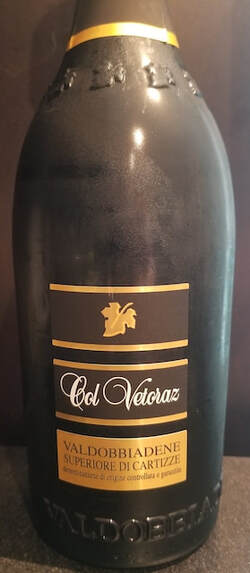 Photo credit: Penny Weiss Photo credit: Penny Weiss Valdobbiadene Superiore di Cartizze DOCG 2019 The grapes for this wine are sourced from the steepest hills of Col Vetoraz and Mont in the well-known Superiore di Cartizze DOCG area. Succulent aromas of white flowers, fresh fruit, citrus and apples open to an elegant palate of pear, sweet apples, peach and a trace of citrus on the finish. A delicate acidity blends beautifully with a velvety mouthfeel and fine perlage. Alcohol: 11.5% SRP: $45 All of these wines can be enjoyed as an aperitif or paired with light fare such as shellfish, grilled fish and appetizers. As of now, only the following wines are available in the United States: Valdobbiadene DOCG Brut Valdobbiadene DOCG Millesimato Valdobbiadene Superiore di Cartizze DOCG It was a treat to taste these wines and be momentarily transported back to a magical trip that I took to Conegliano Valdobbiadene two summers ago. Until next time…
Cheers! Penina To leave a comment or if you have an inquiry, please contact me at [email protected] What do an iconic Sicilian winemaker and a famous haute couture designer have in common? Recently Donnafugata and Dolce & Gabbana collaborated to produce a stunning bottle of Rosa, a new rosé wine that happily transported me back to Sicily. Why the collaboration you might ask? To quote Donnafugata, “ United by values such as love for our land, attention to detail, craftsmanship and the desire to make the colors, scents and history of Sicilian culture known everywhere, we decided to strengthen our partnership to represent the tradition and expertise of “Made in Italy”. Driven by the color, Dolce & Gabbana created a graphic design for the label inspired by the iconic Sicilian cart, which represents the island’s craftsmanship, culture and tradition the world over. The geometric patterns on the label depict the intricate detailing of traditional Sicilian carts. (cart photos courtesy of www.alamy.com) Rosa Dolce & Gabbana and Donnafugata, Sicilia DOC 2019 This 2019 vintage is an original blend of Sicily’s indigenous grape varieties, Nerello Mascalese and Nocera. The Nerello Mascalese is manually harvested from the volcanic soils of the northern slopes of Mount Etna. It contributes minerality and a fine floral component to the rosé. Nocera is manually harvested from the hills of Contessa Entellina on the western side of the island. Donnafugata chose this ancient variety for its ability to reach an ideal sugar maturation with a high level of acidity that results in a fruity bouquet and persistence in the wine. After fermentation, the wine is aged in tanks for two months and then another three months in bottle before release. This elegant, soft pink rosé has lush aromas of exotic flowers, strawberry and white stone fruit. Succulent flavors of strawberry, raspberry, a hint of citrus and a trace of fennel blend beautifully with minerality and fresh acidity. Enjoy as an aperitivo or serve with seafood, vegetables and light entrees. Alcohol: 12.5% SRP: $45 The bottle is so pretty that I can’t bear to throw it out. It might make a nice container for olive oil or perhaps a few long-stemmed roses! To read more about Donnafugata, please click on the menu at right.
Until next time… Cheers! Penina To leave a comment or if you have an inquiry, please contact me at [email protected] For the past several months my wine glass and I have been touring a variety of wine regions around the globe. It can be a bit challenging when one is doing it from their living room! So, I was ecstatic when the Loire Valley Wines paid a visit to my home bearing gifts of wine and a sumptuous meal! The Loire Valley wine region is France’s third-largest winemaking region. It spans 170 miles and is located in the middle stretch of the Loire River, (France’s longest river) in central France. Loire Valley is also called the “Garden of France” noted for its vineyards, floral gardens, castles and historic towns. There are more than 4000 wineries, and 57,400 hectares of vineyards. The vineyards are situated along the river that stretches from the Atlantic coast to north-central France. Diversity in soil composition and climate along this stretch plays a key role in the production and characteristics of the wine. The Loire Valley is divided into five sub-regions each with its own characteristic grapes, appellations and styles. There are 51 appellations of origin (AOP) and six protected geographical indication (IGP). Most of the wines produced here are pressed from a single varietal as opposed to most classic French wines that are blended. There are 24 grape varieties in the Loire Valley with the vast majority of production being white wine. The leading white varietals are Melon De Bourgogne, Chenin Blanc and Sauvignon. The leading red varietals are Pinot Noir, Cabernet Franc and Gamay. My focus today is on Chenin Blanc. Chenin Blanc (Pineau de la Loire) This versatile grape produces dry, off-dry, sparkling and sweet dessert wines. “Unlike any other grape except Riesling, Chenin Blanc can be vinified in a range of styles from austere, mineral, and refreshing to rich, honeyed, and sweet, and its versatility surpasses Riesling in that it also makes excellent sparkling wine.” loirevalleywine.com I received three bottles of Chenin Blanc representing different styles and sub-regions of the Loire Valley. These wines were paired with a beautiful dinner prepared by Chef Bernard Bouissou of Bernard’s Restaurant located in Ridgefield, CT. Thanks to Loire Valley Wines, my dinner was ready for curbside pickup in keeping with “safe dining” during COVID-19. The appetizer was Warm Goat Cheese Salad with mixed greens, caramelized walnuts & pears. For the main course Chef Bernard made a mouthwatering Roast Halibut Filet with carrot risotto, asparagus, sugar snap peas and chanterelle chive sauce. I tasted all of the wines with each course and my palate was singing! La Forcine Vouvray Demi-Sec AOP 2018 Vouvray is located in the sub-region of Touraine and is especially noted for demi-sec, sparkling and sweet wine production. This particular wine is 100% Chenin Blanc, harvested from soils dominant in limestone- rich tuffeau. (A porous limestone that contributes to acidity in the grapes.) This off-dry wine has intoxicating aromas of floral, candy apple and a hint of citrus. A lush palate of apples, pear, honeysuckle, melon and citrus are well balanced with this mineral-rich and zesty acidic wine. It was a winning combination with the savory goat cheese! Pair with fish, white meat, cream sauces and savory cheese. Or enjoy it as an aperitif! Alcohol: 12.5% SRP: $13 Domaine de L’Echantoir “Terres Blanches” AOC 2018 This 100% Chenin Blanc is hand-harvested from certified organic vineyards in the Saumur sub-region. Vineyards are scattered over limestone slopes and are exposed to a temperate maritime climate. This wine is matured for eight months on lees in concrete vats. Lovely aromas of white flowers, apricot and white fruit lead to a palate of pear, citrus, honeysuckle and a hint of anise with vibrant acidity. This paired well with both courses and I especially enjoyed it with the halibut. Serve with seafood, shellfish, salads and cheese. Alcohol: 13% SRP: $19 Château D’ Epiré Grand Cru D’Anjou 2017 AOC and (Appellation Savennières Controlee) Chenin Blanc is the only grape allowed in Savennières appellation, which is located in the Anjou sub-region. Grapes are hand-harvested from sandstone shale soil that contributes to the minerality and freshness of this wine. A mild climate and the benefits of south, southwest exposure adds to the grapes’ optimum ripening. 18+-year-old oak barrels are used to age the wine for nine months. Soft white fruit aromas, citrus, floral, and honey open to succulent flavors of white grapefruit, honeysuckle, peach, minerality and fresh acidity. Aromas persist on the palate through to the finish with a hint of citrus zest at the end. This was a rich and enjoyable wine to drink with both courses. Pair with appetizers, seafood, white meat, grilled veggies.
Alcohol: 13% SRP: $24 Thank you to Loire Valley Wines for this special “dining in” experience. My wine glass and I are on cloud nine! Until next time… Cheers! Penina To leave a comment or if you have an inquiry, please contact me at [email protected] If you are looking for a red wine to go with summertime grilling, this red blend produced by Domaine Bousquet will definitely make your palate sing! Domaine Bousquet is Argentina’s largest exporter of organically grown wines. The winery is located in the Gualtallary Valley, which is situated high up in the Tupungato district of the Uco Valley. Altitudes here reach up to 5,249 ft. To read about the winery’s history, the climate, terroir and more, please click on the menu at right. The label on this wine is a striking portrayal of Gaia, who in Greek mythology was the mother goddess that presided over the earth. She is considered the personification of the Earth. Gaia Red Blend 2018 50% Malbec, 45% Syrah and 5% Cabernet Sauvignon make up this blend. The best grapes are used for this wine and are harvested manually from Domaine Bousquet’s organically farmed vineyards. Wine aging takes place in French oak barrels for ten months. Delectable aromas of dark berries, spice and violet are the opening act for this tantalizing wine. The palate is entertained with blackberry, dark cherry, dark plum, spices and a touch of vanilla all of which lingers on a lengthy finish. A silky mouthfeel and fresh acidity add to the richness and complexity of this wine. In addition to grilled meats, appetizers and pasta, this wine goes well with fish. Try Gaia with a chocolate dessert. It is a great finale! Alcohol: 14.5% SRP: $20 The wine paired beautifully with this grilled swordfish surrounded by red grapefruit and peaches. Note: The photos taken at the restaurant are pre-COVID-19.
Until next time… Cheers! Penina To leave a comment or if you have an inquiry, please contact me at [email protected] |
Categories
All
|
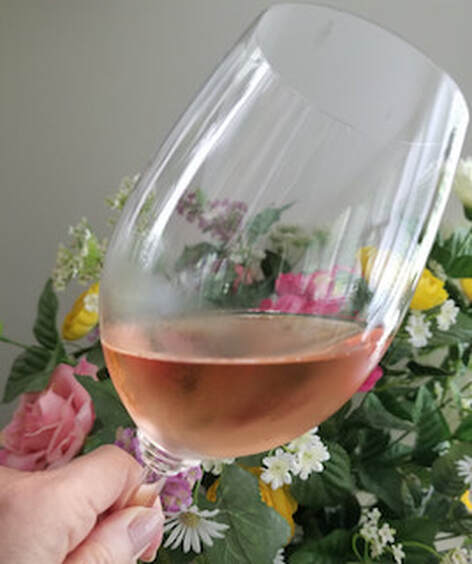

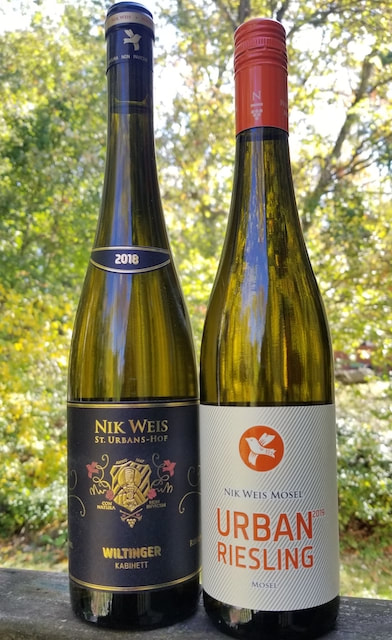
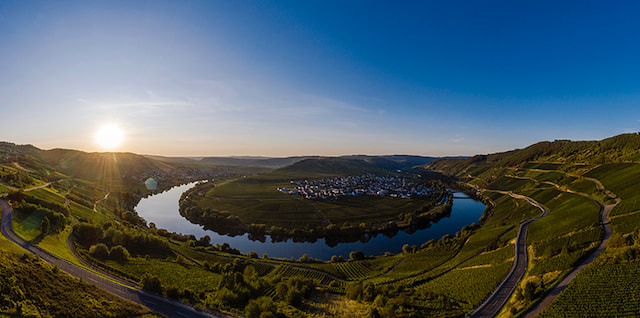
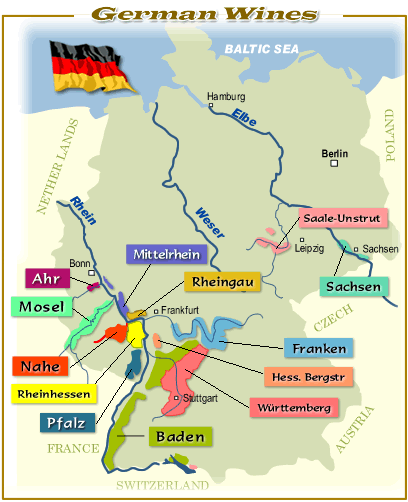
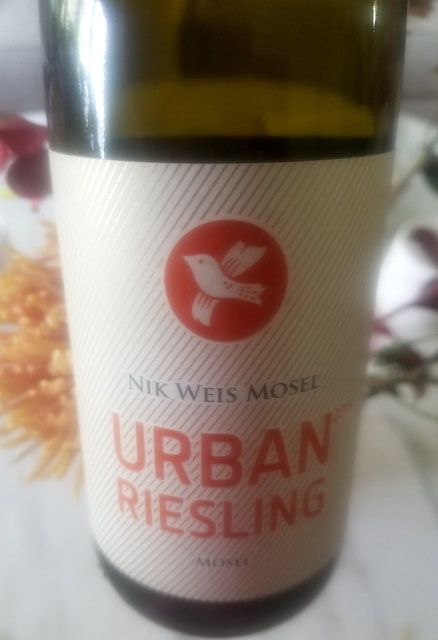
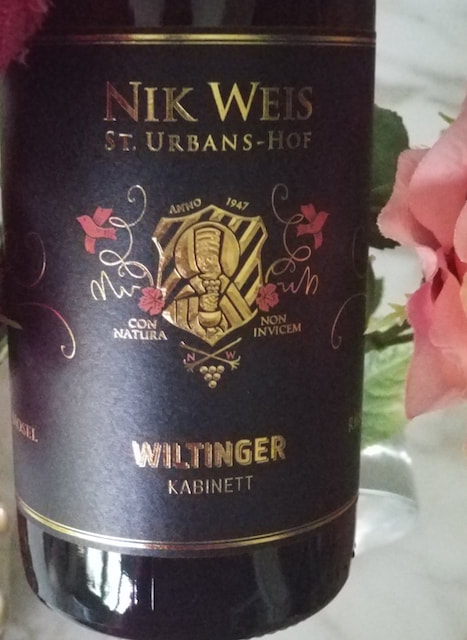
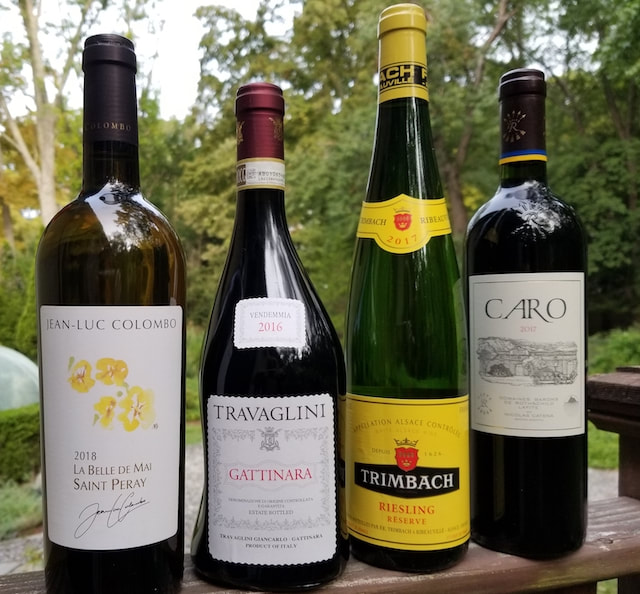
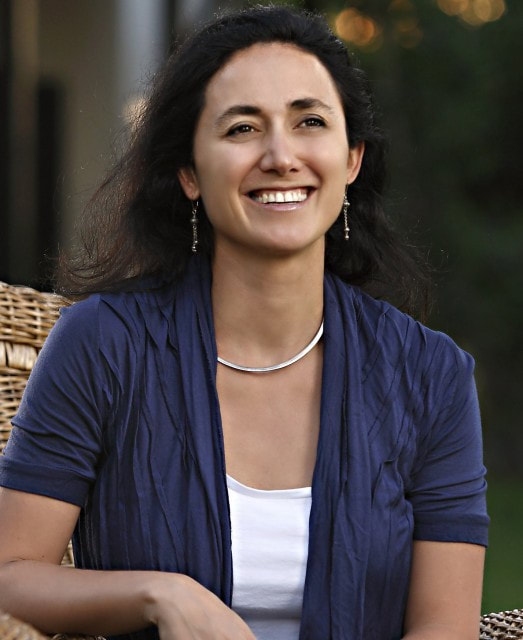
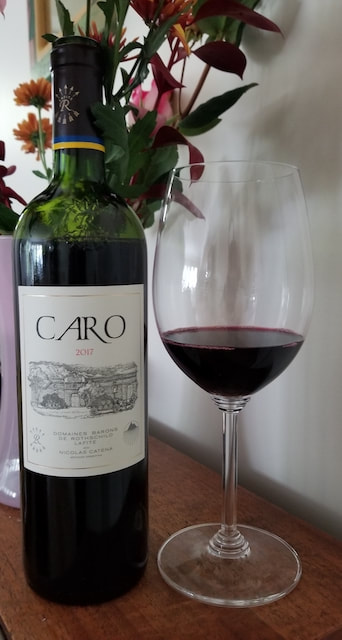
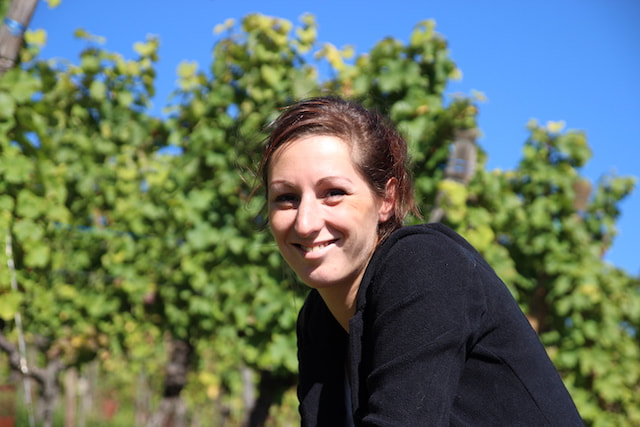
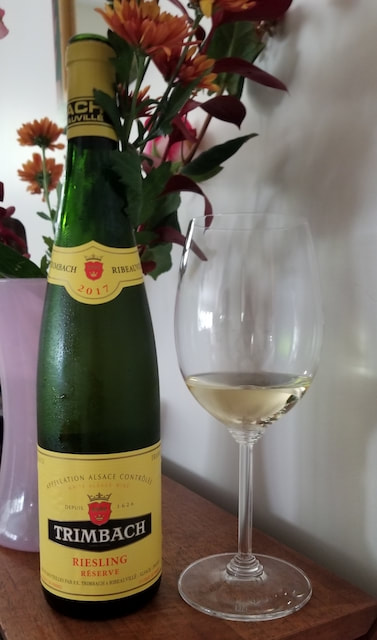
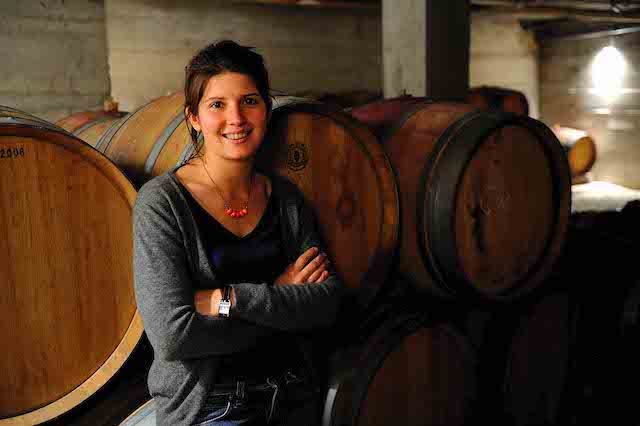
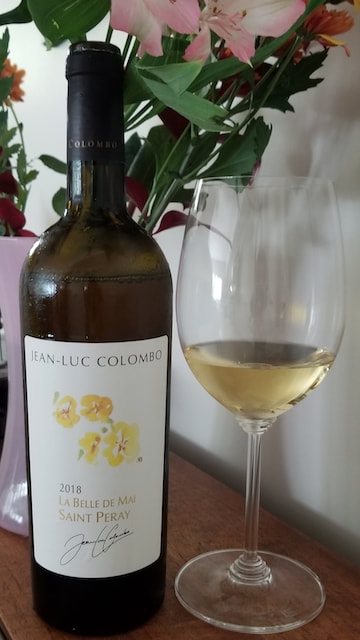
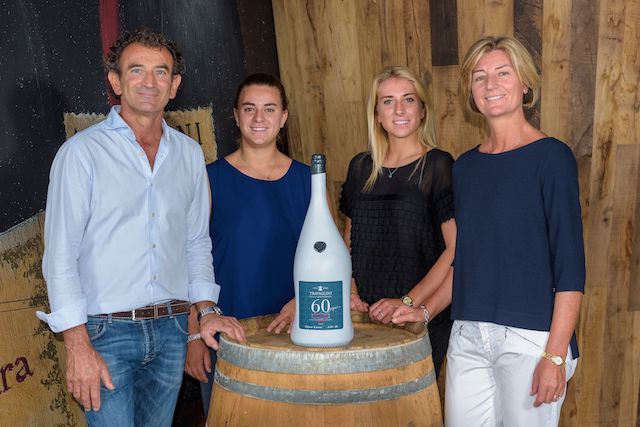
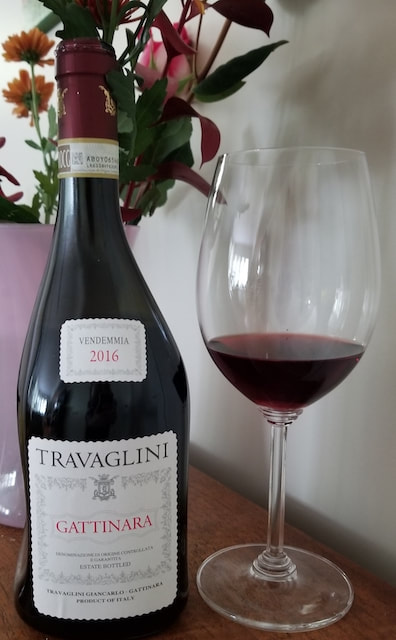
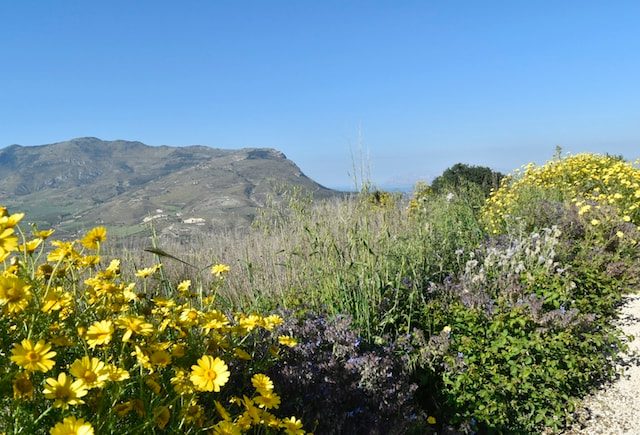
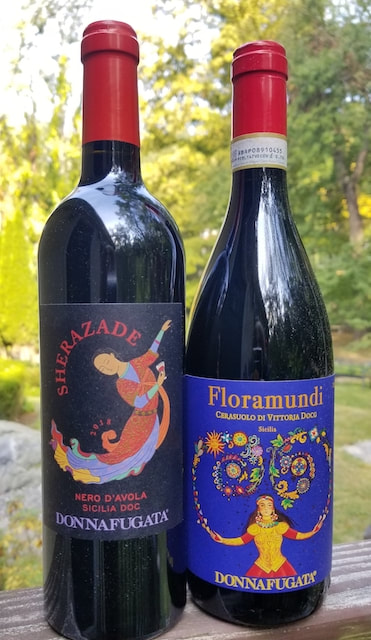
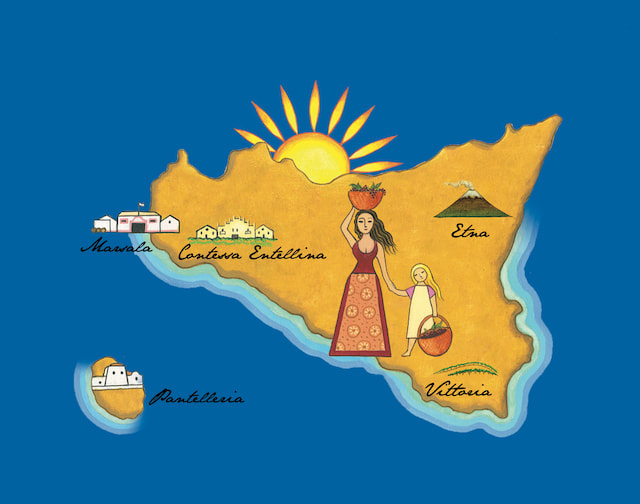
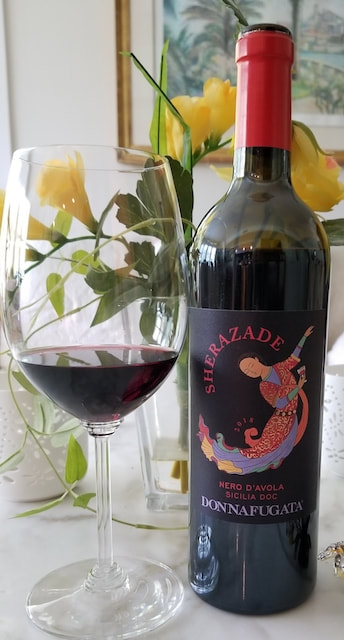
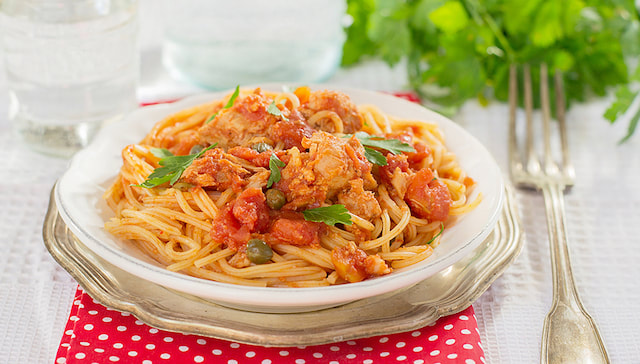
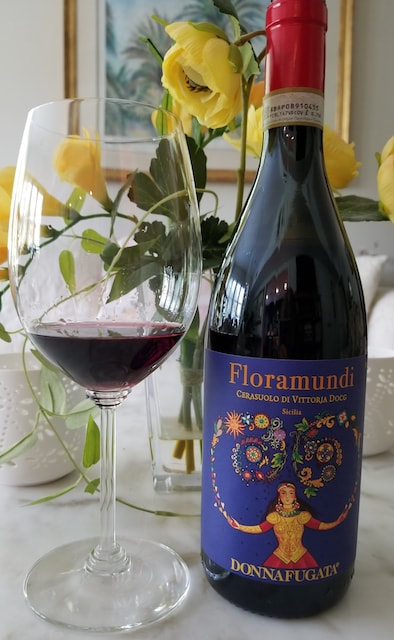
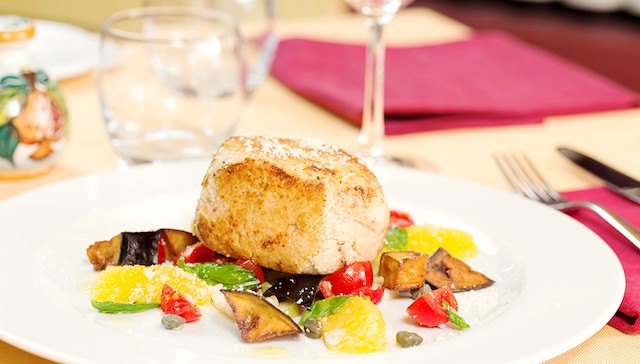
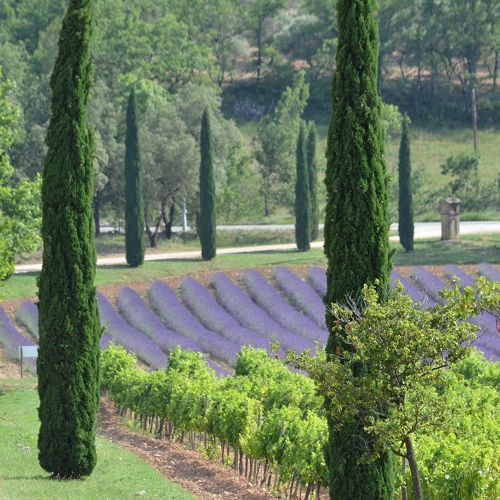
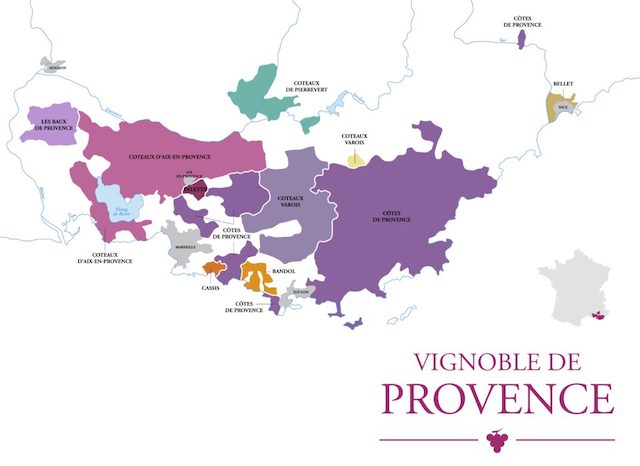
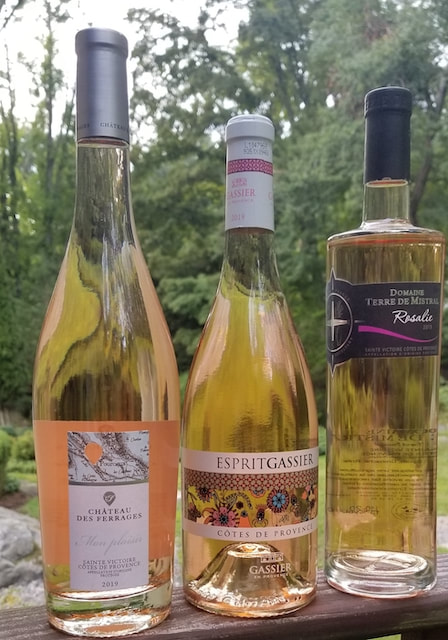
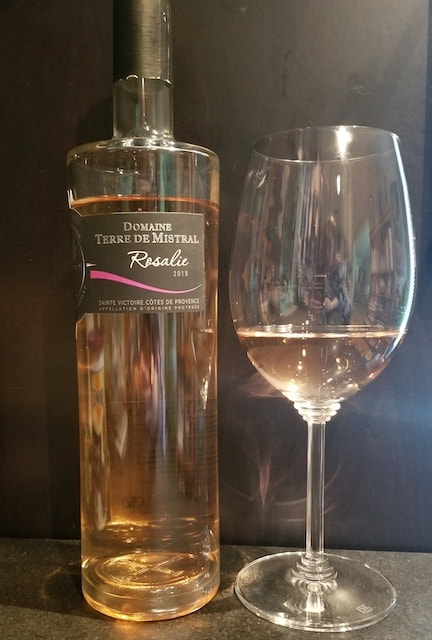

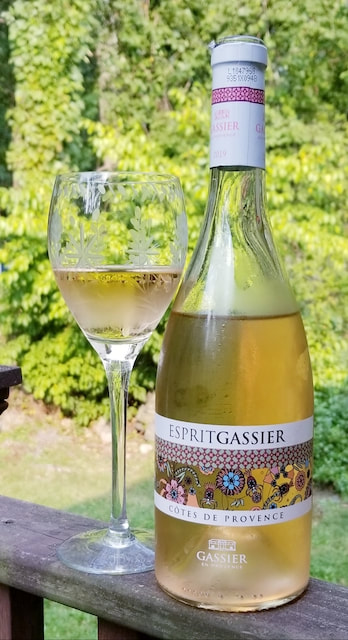
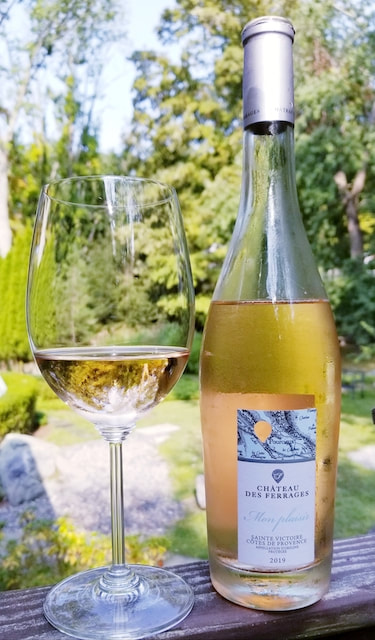
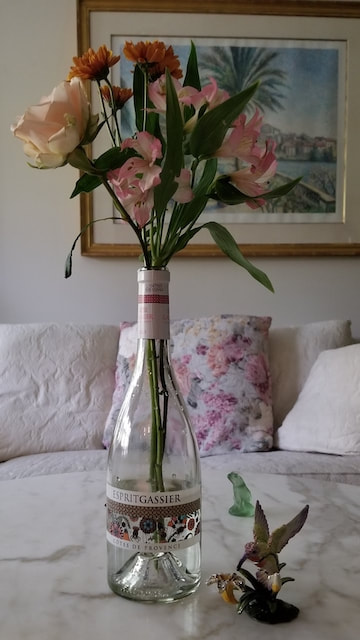
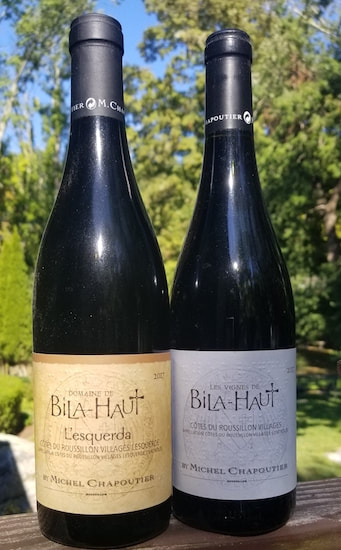
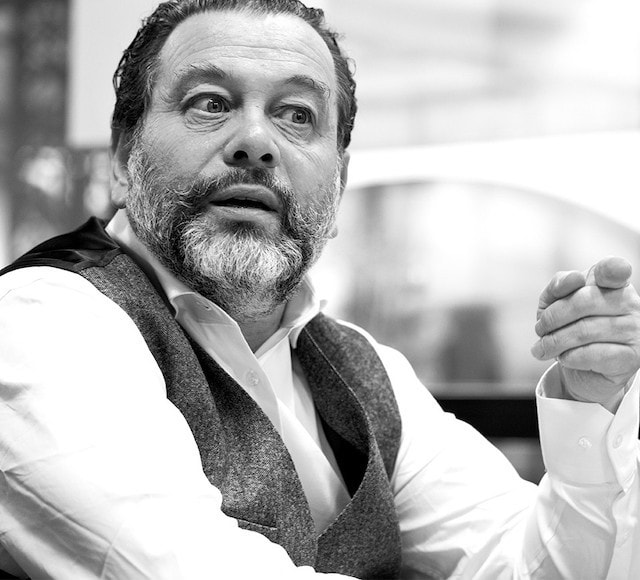
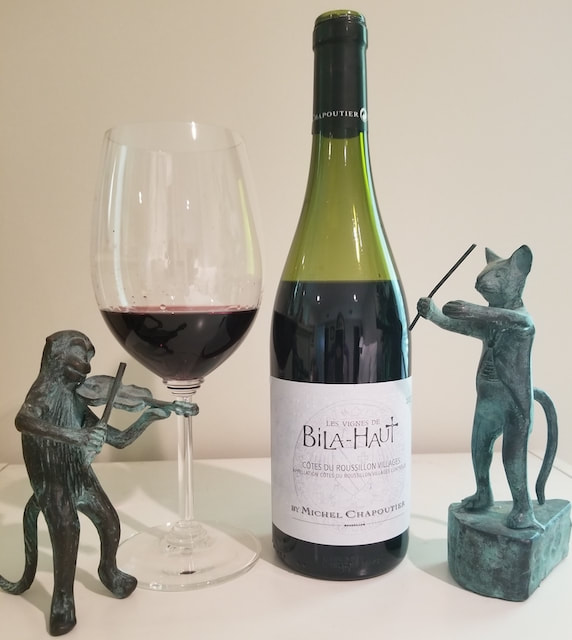
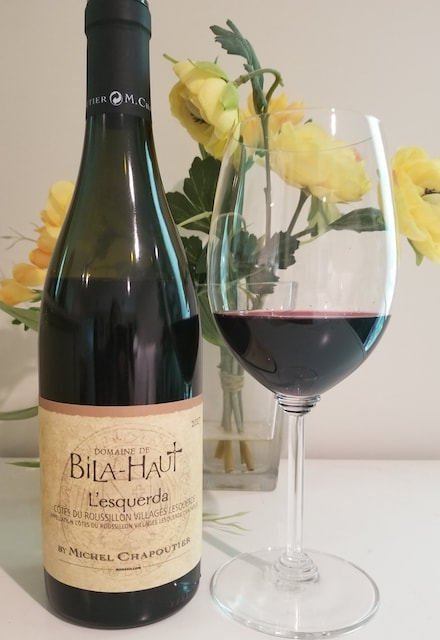
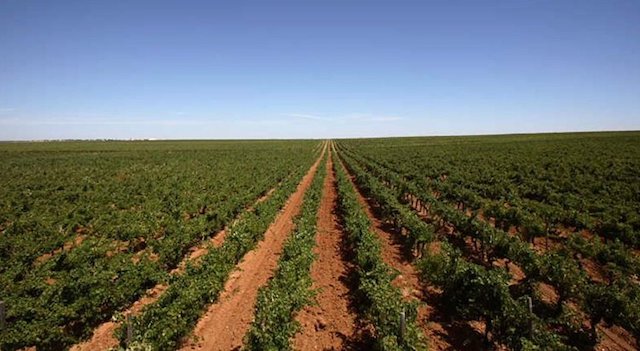
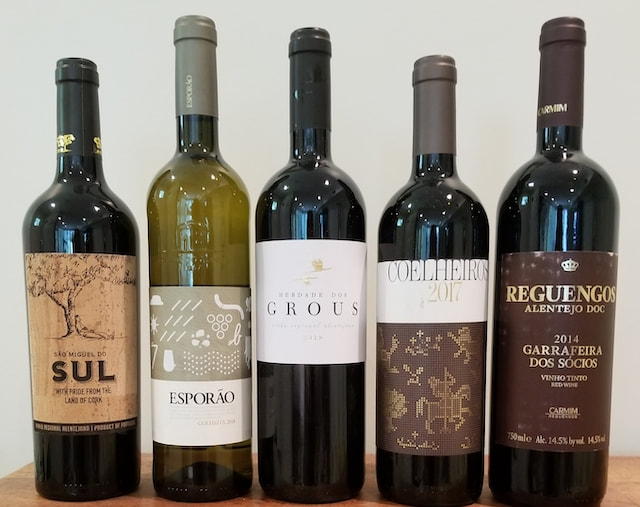
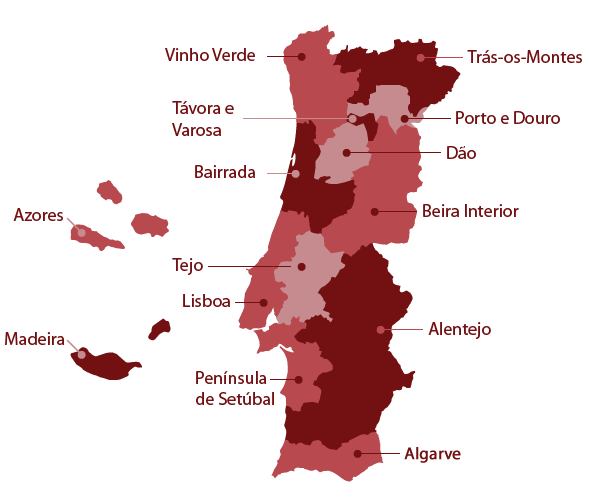
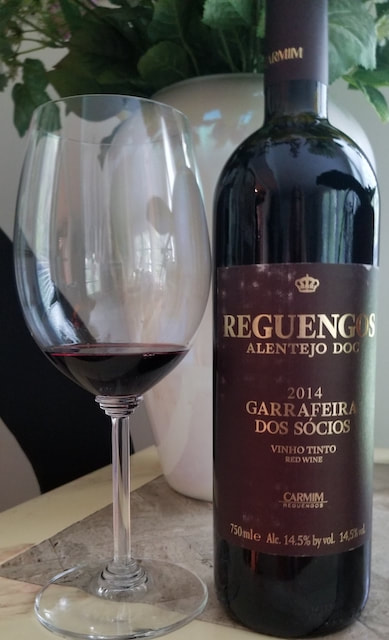
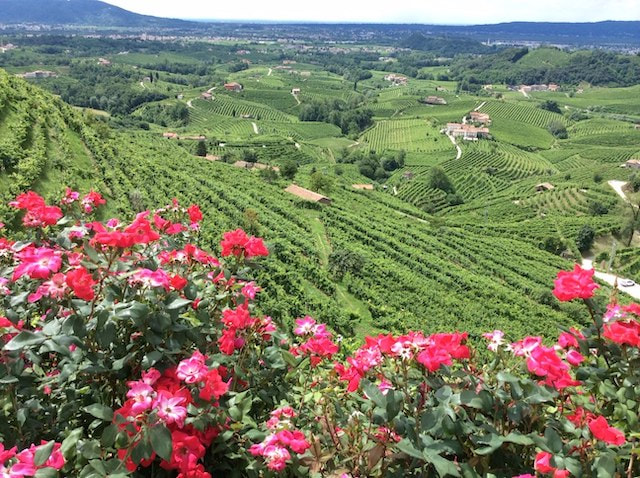
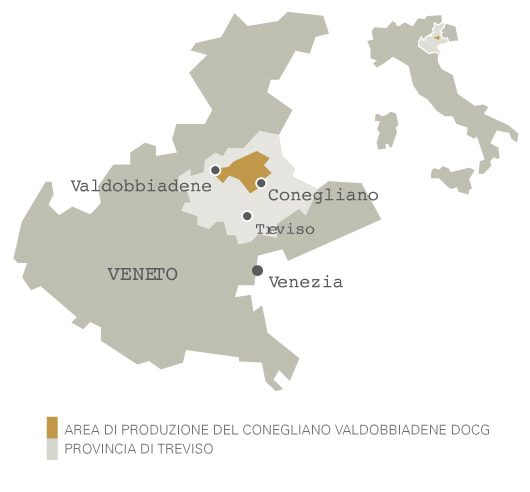
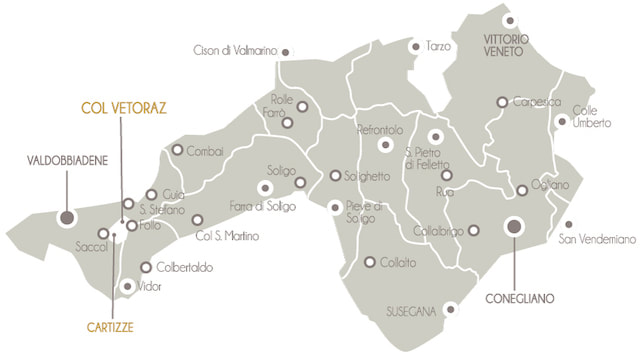
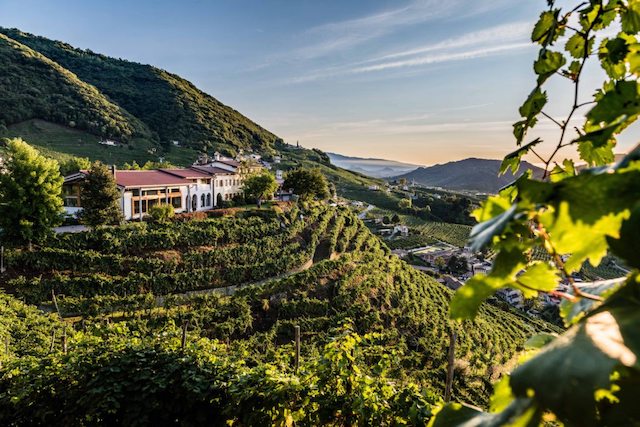
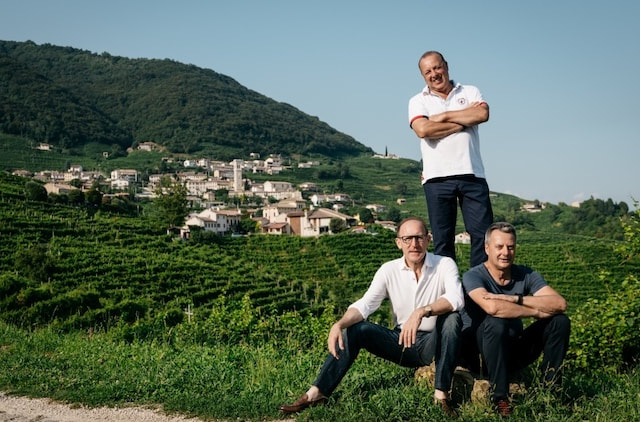
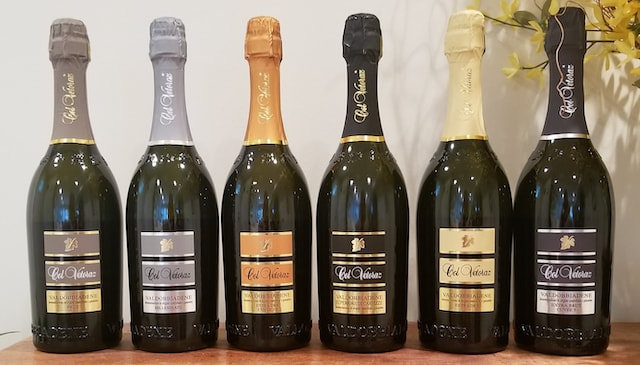
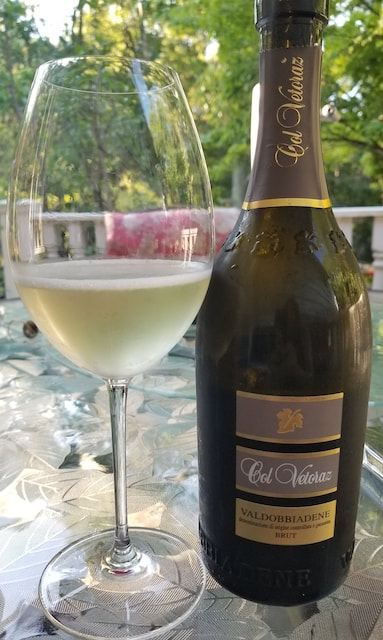
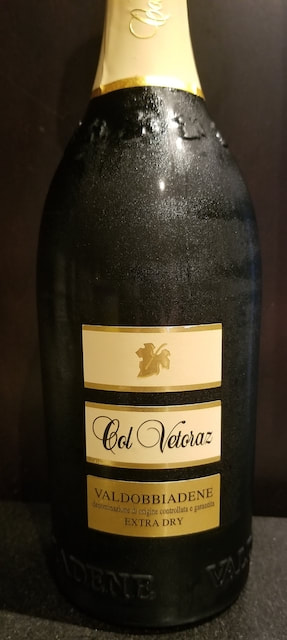
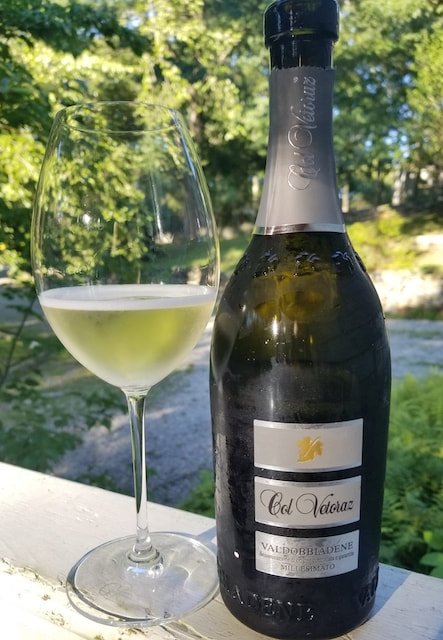
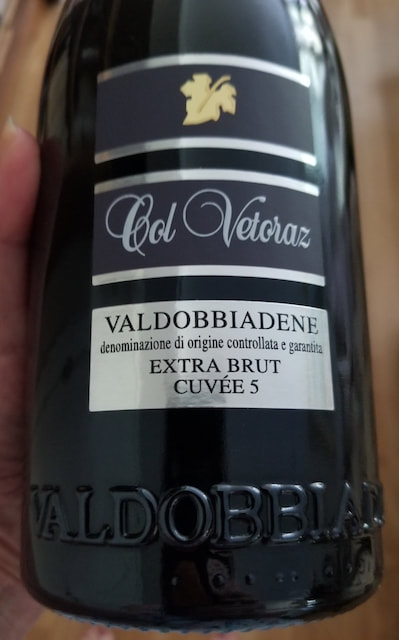
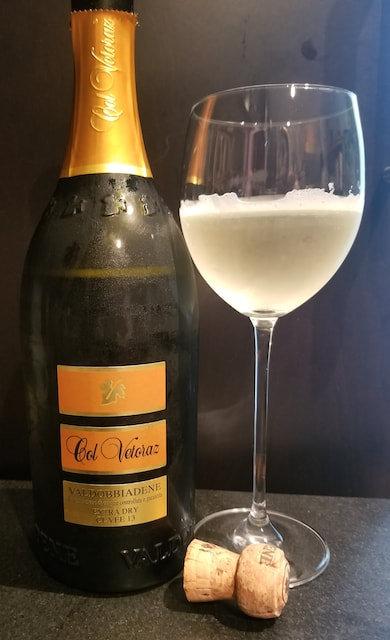
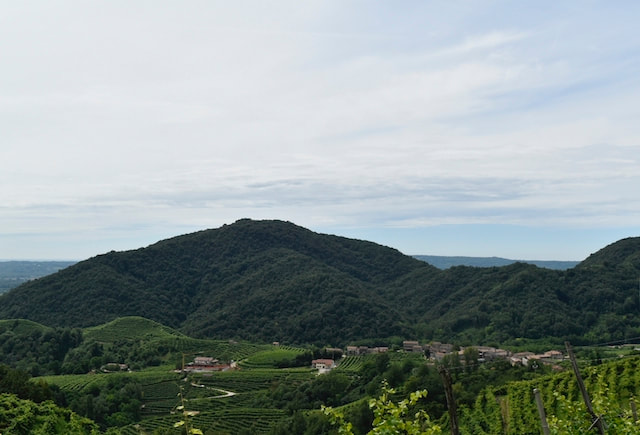
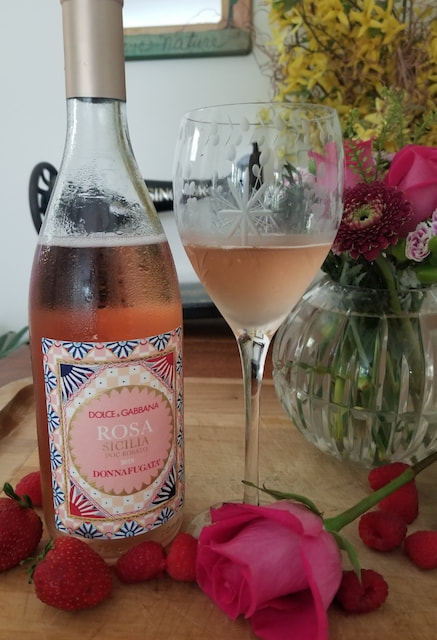
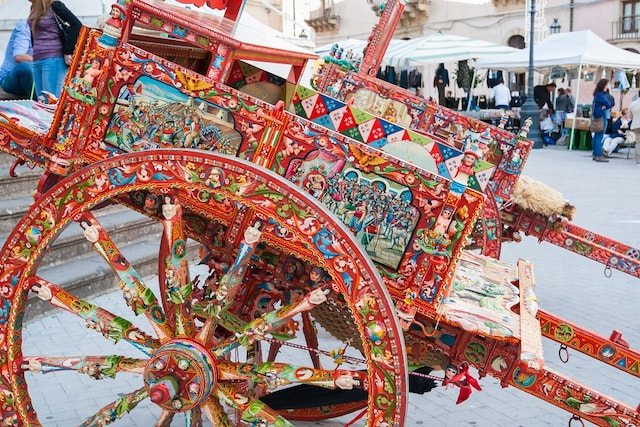
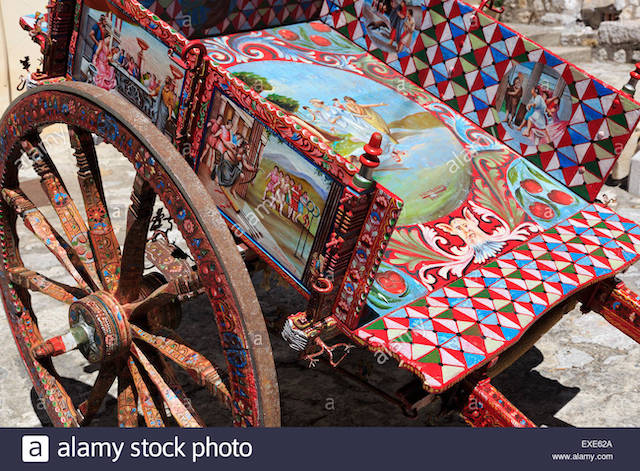
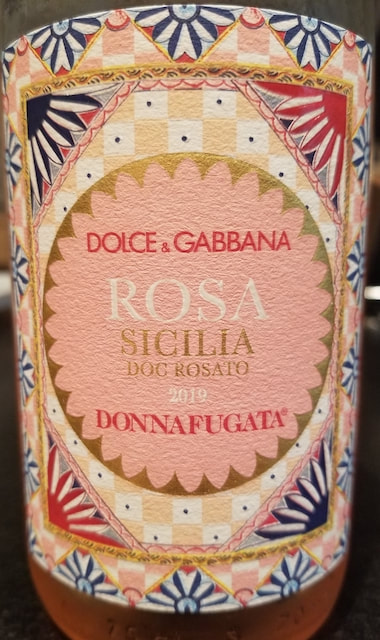
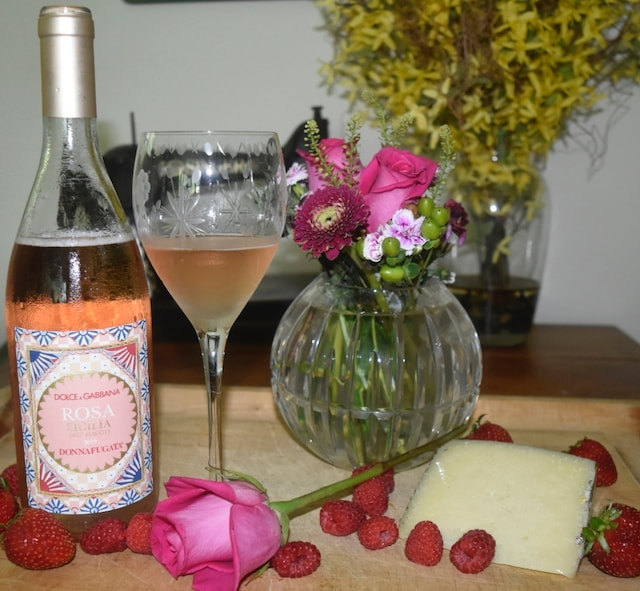
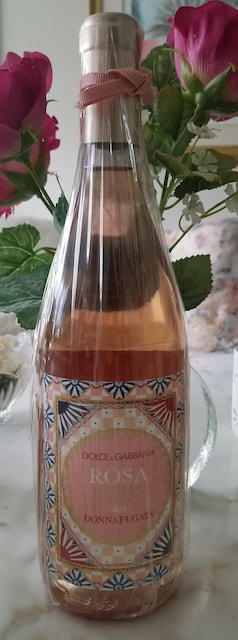
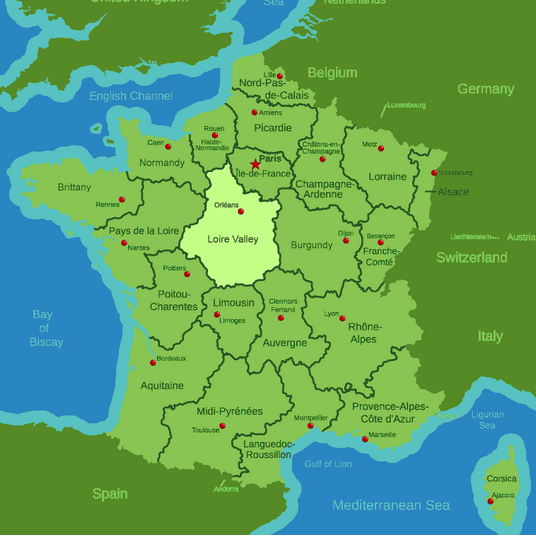
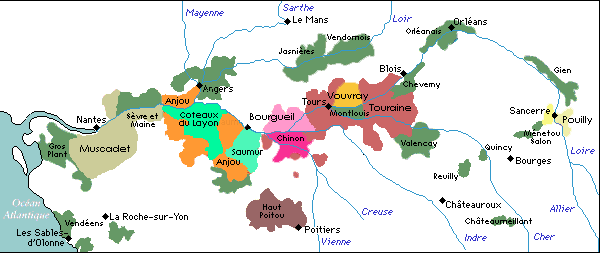
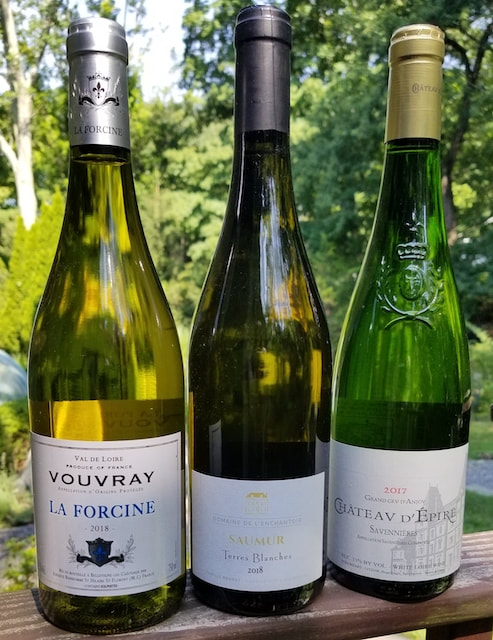
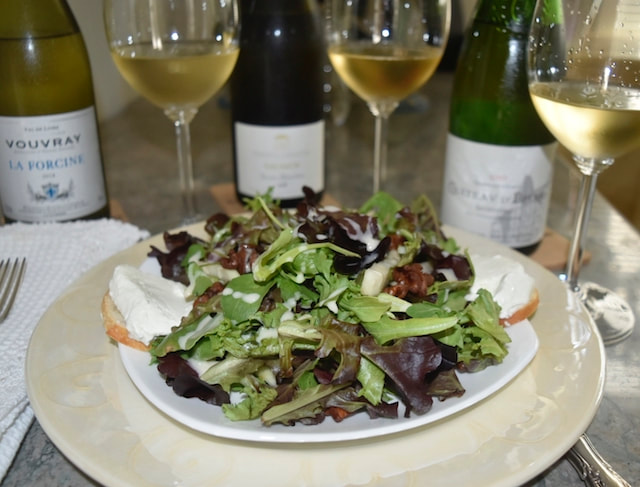
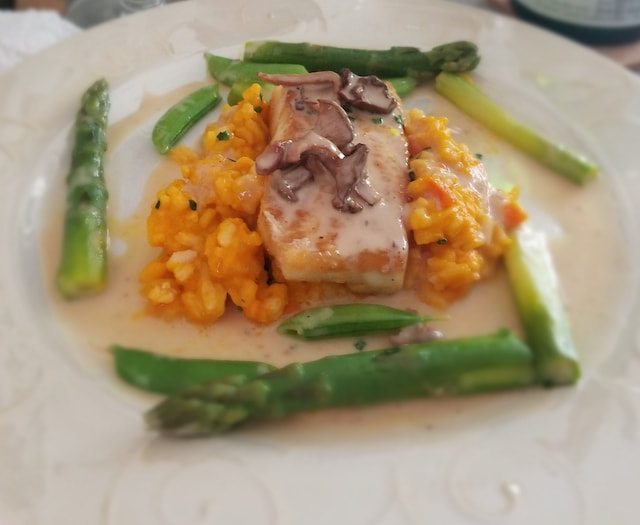
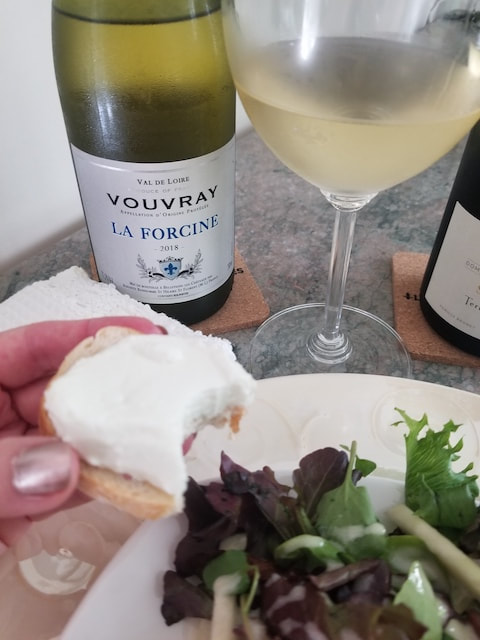
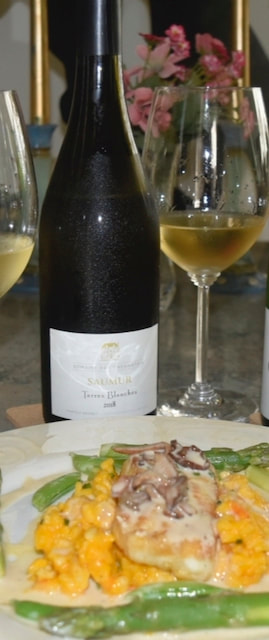
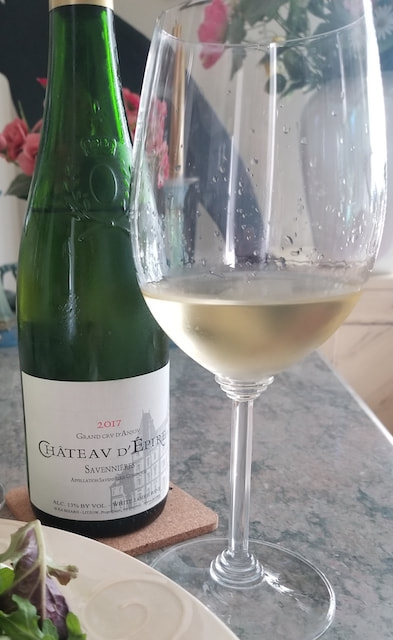
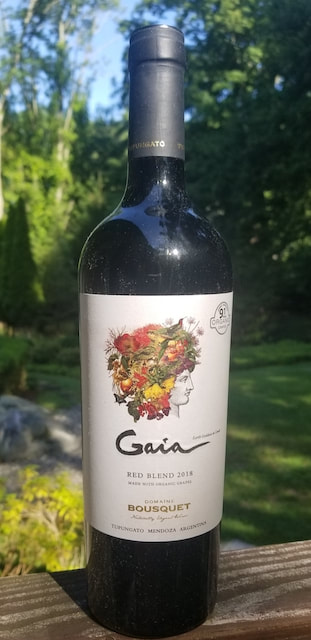
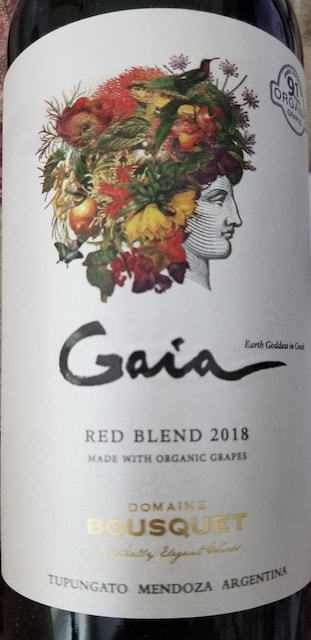
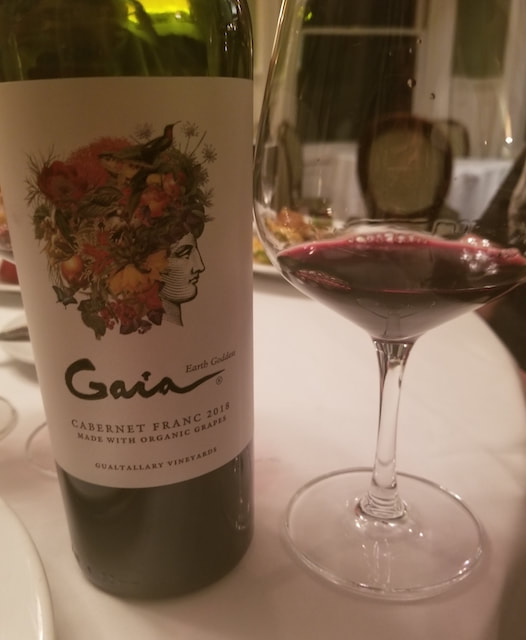
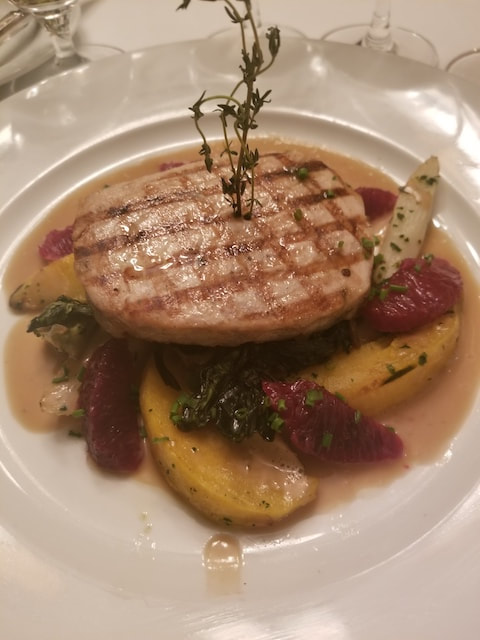
 RSS Feed
RSS Feed